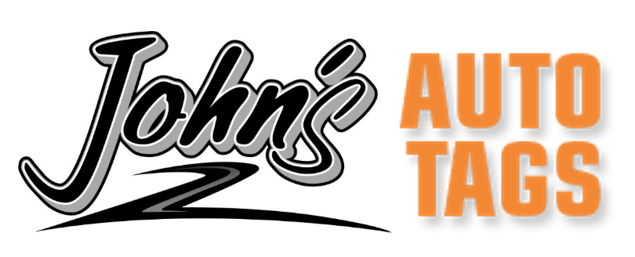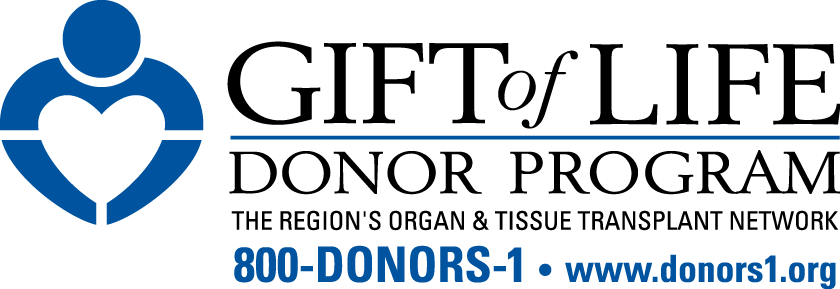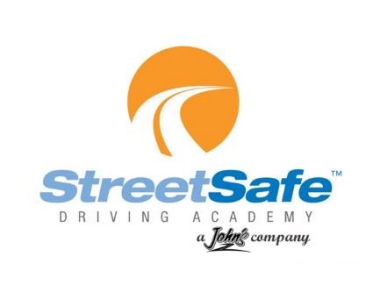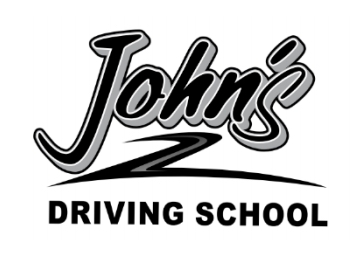In many states, the deer population has led to an increase in deer related collisions. Most vehicle and deer collisions occur between the months of October and December, but they can occur at any time. Most of these collisions occur between 6:00 PM and midnight or sunrise. As expected, the rural two-lane roadways are the sites of most incidents, but deer are also commonly found in densely populated areas.
Learn about our C.A.T. (Collision Avoidance Techniques) Clinic!
Here are 10 Tips to Help Drivers Avoid Deer Collisions:
- Notice areas posted with deer crossing signs as these areas are known to have a larger deer population and/or are areas where roads divide agricultural fields or forest lands. Be sure to slow down in these areas.
- Examine the surrounding fields and roadsides as you are driving. You will often be able to see deer before they get close to the roadway.
- If you see a deer near the road, slow down, flash your lights, and blow your horn to frighten the deer.
- Keep in mind that if you see one deer there are usually others nearby.
- Use your high beams if no traffic is approaching. They will illuminate the deer sooner than low beams, allowing greater reaction time.
- If a deer should run in front of your vehicle, brake firmly but stay in your lane. Do not swerve to avoid hitting it as swerving can confuse the deer on where to run, and can cause you to lose control. It is less dangerous to collide with the deer than to collide with another vehicle, tree, pole, or other roadside object.
- Don’t think you are protected from deer and vehicle collisions by using deer whistles or reflectors as “these devices have not been proven to reduce deer-vehicle collisions”, according to the Insurance Information Institute.
- As always follow the law and wear your seat belt for safety. Most people injured in vehicle/deer crashes were not wearing their seat belts.
- If you hit a deer, do not get out of the car. An injured deer, frightened and wounded, can be dangerous. If the deer is blocking the roadway call the police.
- Contact your insurance agent or company representative to report any damage to your car.







